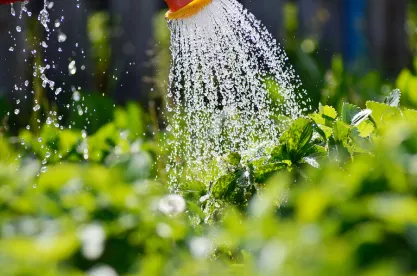Sandia National Laboratories (Sandia) is investigating whether algae can be used to transform the Salton Sea, one of California’s largest and most polluted lakes, into a productive and profitable resource. The Salton Sea Biomass Remediation project (SABRE), which is funded by the U.S. Department of Energy’s (DOE) Bioenergy Technologies Office (BETO), aims to use algae to rid the lake of pollutants while creating a renewable, domestic source of fuel and other chemicals. Algae are known to thrive in environments like the Salton Sea, which contains elevated levels of nitrogen and phosphorus due to agricultural runoff.
In the first phase of the project, Sandia partnered with Texas A&M AgriLife Research to investigate the efficacy of a new algal farming method, known as the “Algal Turf Scrubber” floway system. The algae consume the nitrogen and phosphorus from the polluted water that is pumped into the system using solar-powered pumps. Clean water is then deposited back into the lake.
The second phase began in May and the initial results indicate that the system can produce a quantity of algae comparable to raceways, the traditional algal farming method. The algae being grown are native to the area which makes it more resistant to attacks from local pathogens and predators. By helping to clean polluted water, Sandia researchers have overcome a major criticism of algae as a biofuel source, specifically that farming algae requires too much water. Additionally, the removal of pollutants, such as nitrogen, phosphorus, and other fertilizer components, is expected to provide a model of remediation for algae blooms.


 />i
/>i

